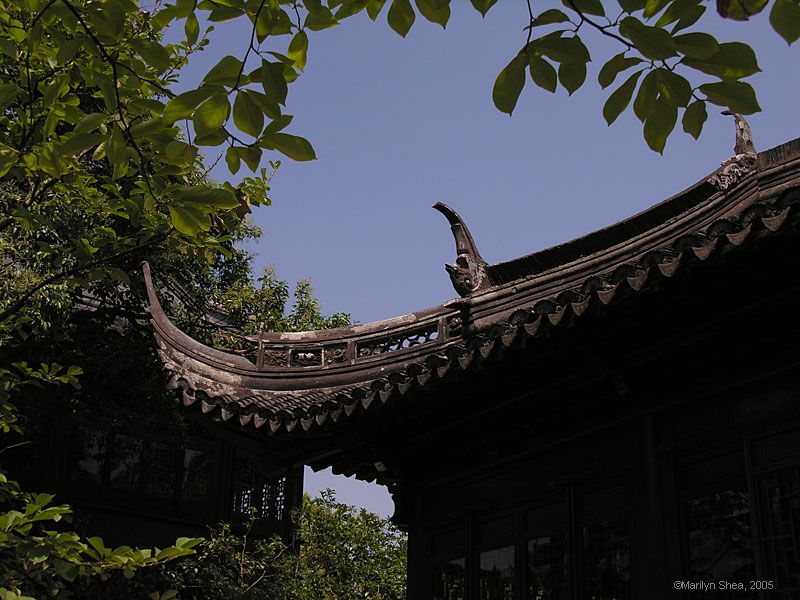 |
|
By the 1880s Shanghai was once again a growing economy. More and more factories had sprung up producing textiles and other goods both for domestic use and export. The influx of refugees fleeing from the Taiping and Imperialist armies had changed the face of Shanghai and given it the population to diversify from a primarily merchant shipping seaport into a full manufacturing city.
It was an open city where change was the norm rather than the exception. It was the center of the intellectual and art movements. It's publishing houses were active printing pamphlets, philosophical papers, and essays. It was as important as Guangzhou as a seat for the development of the new China. In the early 1900s there were more and more worker's protests as labor reacted to the same appalling conditions that were fueling the union movements in Europe and America. And each year Shanghai got richer and bigger. The next force to occupy Shanghai and Yu Yuan was the Japanese. In the January 28th Incident in 1932, the Japanese created an excuse for attacking Shanghai when they had Japanese monks beaten. A month of fighting between the Nationalists under Chiang Kai-shek and the Japanese followed. The Japanese had to repeatedly double their forces and war ships. The "incident" was settled by the League of Nations with another unfair treaty. It didn't give Shanghai to the Japanese, but it did prevent the Nationalists from defending it. The Japanese didn't enter and occupy Shanghai until 1937 after the Lu Gou Bridge "incident" (also engineered by the Japanese) gave them an excuse to invade. They never declared war officially. Shanghai was bombed heavily by both the Japanese and Chinese forces as they fought in the sky. The Chinese stopped aerial assaults after two bombs meant for a Japanese ship exploded in a Chinese shopping center and on the Bund at Nanjing Road killing and wounding thousands. It was not a good occupation. It is overshadowed by the Nanjing Massacre, but the same practices of internment, torture, and execution were used on the common populace. But it wasn't always active torture. The Shanghai Municiple government collected the bodies of 200,000 homeless who died in the streets in the first year of the occupation. The Japanese methodically looted every valuable in sight including artifacts such as the Yuan Dynasty lions from Yu Yuan and sent them to warehouses in Japan. The occupation officially ended at the end of the war, September 9, 1945. |
China Index >> History of Shanghai and Suzhou Region >> Yu Yuan
Click on a picture or use the arrows at the top to navigate through the site.
http://hua.umf.maine.edu/China/shanghai3.html
Last update: February 2007
© Marilyn Shea 1996, 1999, 2002, 2007